Vimar 01703 Manual
Læs gratis den danske manual til Vimar 01703 (84 sider) i kategorien Ikke kategoriseret. Denne vejledning er vurderet som hjælpsom af 9 personer og har en gennemsnitlig bedømmelse på 4.0 stjerner ud af 5 anmeldelser.
Har du et spørgsmål om Vimar 01703, eller vil du spørge andre brugere om produktet?

Produkt Specifikationer
| Mærke: | Vimar |
| Kategori: | Ikke kategoriseret |
| Model: | 01703 |
Har du brug for hjælp?
Hvis du har brug for hjælp til Vimar 01703 stil et spørgsmål nedenfor, og andre brugere vil svare dig
Ikke kategoriseret Vimar Manualer
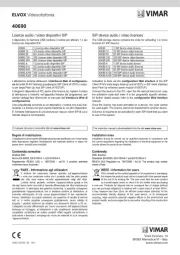
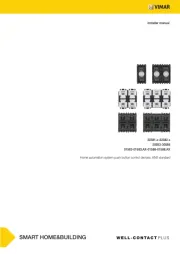
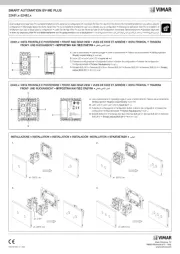
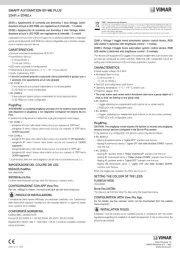
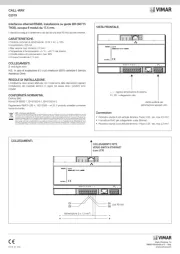
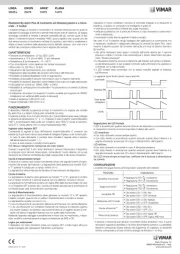
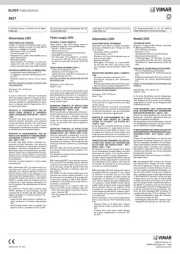
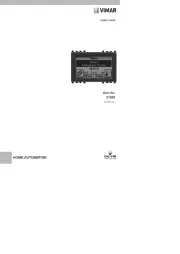

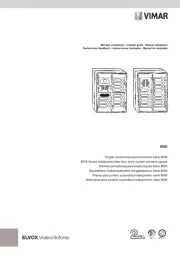
Ikke kategoriseret Manualer
- Bender
- Dragonshock
- Audix
- Nexera
- Creamsource
- Waltec
- EnVivo
- Noise Engineering
- XPower
- Dunlop
- Terraillon
- Nesco
- TDK-Lambda
- MTD
- Bendix King
Nyeste Ikke kategoriseret Manualer









